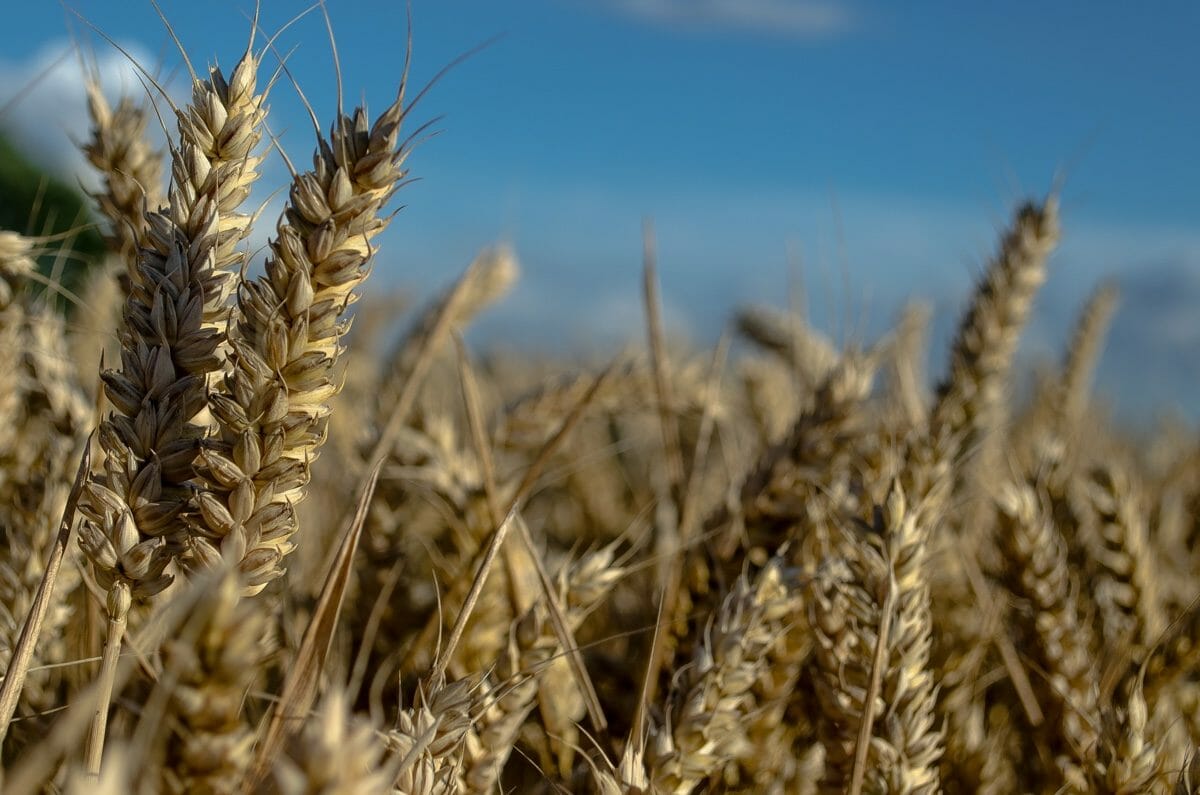Higher-than-normal percipitation in Kansas is resulting in lower-than-normal levels of gluten in that state's token hard red winter wheat.

Reuters reports that a two-year scarcity of high-protein wheat is a growing problem for the bread and baking industry. Let’s figure out what’s going on here, shall we?
Wheat is generally separated into broad categories of winter and spring wheat, so named for the time it grows. Winter wheat is typically planted in the fall and harvested the following summer or fall; confusingly, spring wheat is sown in the spring and harvested that same fall. Winter wheat typically has a higher yield, and also has different characteristics than spring wheat. One of the most important is its protein levels.
The most important type of winter wheat for manufacturers of mass-market breads – think Pepperidge Farm – is hard red winter wheat. HRW wheat is exceptionally high in gluten, and that’s good for mass-market breads, which try to be as airy as possible. More gluten makes for a higher rise, which is key for sandwich-loaf-type breads, but it’s also significantly more expensive.
Kansas produces the most HRW wheat in the U.S., but the crop from the past two years has had lower than normal protein levels. That’s due primarily to exceptionally wet seasons; HRW wheat likes drier soil. On top of that, wheat plantings in Kansas are down across the board; this year, farmers planted fewer acres of wheat than in any year since the USDA began keeping track of this stuff way back in 1919 because there’s an overall abundance of wheat across the globe. But most of that isn’t the right kind of wheat for this application.
With both less HRW wheat overall and lower protein levels in what’s available, bakers have been scrambling to find a solution. Some, reports Reuters, have changed recipes to include added gluten, but that process can be expensive and time-consuming. For most, however, it seems that the best solution is to pay a premium for high-quality HRW wheat.
At the moment, there’s still enough HRW wheat to go around when crops from the Dakotas, Canada, or Europe are considered, even though it may need to have gluten added. So while bread and baking companies are feeling the pinch, the bigger concern is if these trends continue. If Kansas keeps getting this much of rain, the baking industry is going to change.